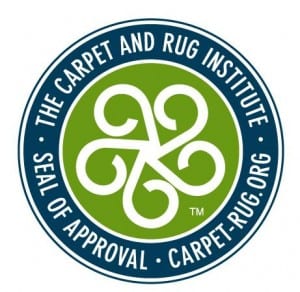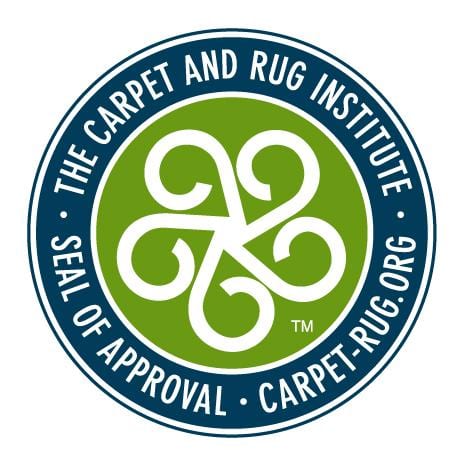A reader asks: How does the Carpet and Rug institute test vacuum cleaners?
CRI combines the indoor air quality protection of its Green Label vacuum program with enhanced cleaning standards of its Seal of Approval programs to identify even better performing vacuum cleaners than the previous program. Under the Seal of Approval/Green Label vacuum program, manufacturers must meet higher performance standards and are rewarded with Gold, Silver or Bronze ratings. This program tests two general categories of vacuums:
 General-purpose vacuums approved for use on all conventional carpet styles
General-purpose vacuums approved for use on all conventional carpet styles- Vacuums specifically approved for use on carpet with a low pile, or surface texture, measuring approximately a quarter inch or less
To earn the CRI Seal of Approval/Green Label certification, vacuums must pass the following independent laboratory tests:
- Soil removal — CRI uses NASA-enhanced x-ray fluorescence technology instead of traditional gravimetrix testing to measure the precise amount of soil removed from carpet — either 30 oz/sy commercial cut pile carpet or 30 oz/sy loop pile carpet. Read More in CRI Test Method 112
- Dust containment — The vacuum must not release more than 100 micrograms of dust particles per cubic meter of air, keeping dirt and dust locked tight in the vacuum — not escaping back into the air where it can be breathed. Read More in CRI Test Method 113
- Surface Appearance Change — The vacuum must not affect the texture of the commercial cut pile carpet (900 passes with sample rotated every 50 passes) more than a one-step change based on one year of normal vacuum use. Read More in CRI Test Method 114



